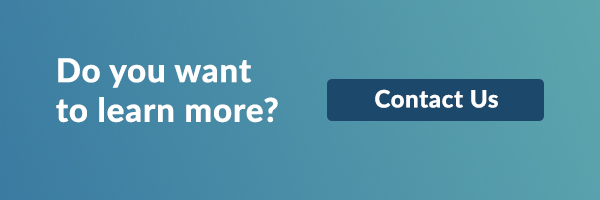Up until recently, banks had it all too easy. Competition in the industry was cordial rather than fierce. Consumers, weary of the time-consuming headache of changing banks, were content to settle for lacking service and unpersonalized experiences.
As a result, banks focused on selling a small range of generic financial products to their hopelessly attached clients knowing full well that this “take it or leave it” approach was sufficient.
Thankfully, those days are quickly coming to an end. Today, thanks to a convergence of tech, regulatory changes and the most disruptive movement to hit the industry in decades, the banking user experience is about to take center stage.
How Open Banking and tech advances are transforming financial services
Starting in the aftermath of the 2008 financial crisis, innovators and regulators began exploring the idea of Open Banking. In short, this movement is all about liberating user financial data from financial institutions and putting it into builders’ hands.
Through API calls, any company could quickly retrieve a user’s financial data, then transform it into ways previously unthought of.
Regulators worldwide saw this as an opportunity to foster banking change, which resulted in the UK’s pivotal Open Banking program and the EU’s second payment services directive, widely known as PSD2.
Concurrently, digital-only challenger banks began to appear. These startups set out to reimagine banking from the user’s perspective, taking a decided turn from the product-centric approach common to the industry.
For the first time in history, consumers could interact with their finances in a clear, frictionless way, often with a data-driven, personalized touch. Thanks to these competitive forces and support from regulators, consumers now expect a complete user experience from their financial services providers.
Banks would be wise to pay attention. Consultancy EY released a report on banking experience earlier this year, stating that “Banks need to focus on the “brilliant basics” – giving both personal and business customers a positive experience that meets their needs.” Consumer feedback is already reflecting these preferences, with UX-focused challenger banks providing consistently better banking experiences than their traditional counterparts.
How banks can turn raw financial data into a competitive advantage by focusing on UX design
Despite the grim assessment, banks can still have an opportunity to stay relevant in the consumer’s mind. To do so means embracing a combination of design thinking and Open Banking. Here are a few ways Open Banking can transform the user experience:
Aggregating account information to learn and engage
PSD2 and Open Banking’s first value proposition is banking information liberation. In many regions, banks now work together with authorized third parties to retrieve bank account data.
With this information, a bank can enhance user experience on multiple fronts, creating valuable opportunities.
The bank could immediately provide its users with a financial management tool, showing their spending habits across different accounts, potentially “gamify-ing” the savings and spending process. If done correctly, users will engage with the bank’s app more often, creating a habit-forming digital relationship.
However, the benefits for the bank go far beyond a user-facing tool. Banks can combine cross-platform data and advanced financial indicators to learn each user’s buyer persona more accurately.
From here, the marketing department can get to work, suggesting insurance, investment funds, savings accounts to the users who are most likely to convert. Throughout this personalization process, the marketing team can tailor their messages to each user to best fit them.
Making payments across accounts safer, faster, and easier
Open Banking enables third parties to securely initiate payments to and from different banks using internationally-recognized standards. Here, a bank can help its users instantly set up recurring payments for bills, loans, and other obligations straight within the app.
Now, the bank can put heavy emphasis on making this process frictionless and even fun. For example, a “split the bill” function could allow a user to instantly divide the cost and request payment for a night out between friends. In turn, users will be more likely to engage with the app, creating more learning points, and selling opportunities.
Transforming KYC, onboarding, and risk management
Banks have an obligation to know their customers. To do so, banks will typically contact a single provider who gives them a limited snapshot of a (potential) user’s profile. Open Banking can transform that experience.
Aside from making ID verification faster (which reduces abandonment), financial institutions can use Open Banking to ensure they get a truer view of who they do business with.
Account aggregation enables banks to see across institutions when learning about a customer. Here, the bank can quickly detect fraud risks. Additionally, the bank can learn if the person is overleveraged, allowing it to match lending products more closely aligned to the user’s credit profile.
Why the future of banking will be won through user experience
Whether banks realize it or not, their old way of doing business is quickly becoming outdated.
Consumers demand a more personalized experience across their daily interactions. Financial services are no exception. Creating a personalized UX keeps users engaged with the bank and provides an unparalleled way to understand each customer’s needs.
From here on, banks that offer the most-personalized experience will be the market winners. With the global market share of UX-native challenger banks expected to grow to a half-trillion dollars in the next six years, it’s clear that competitive pressures in the industry will only get stronger. Banks who ignore the power of user experience in the age of Open Banking do so at their own risk.








